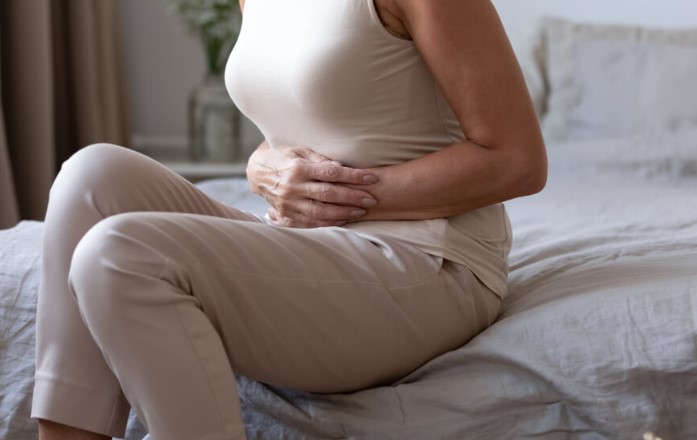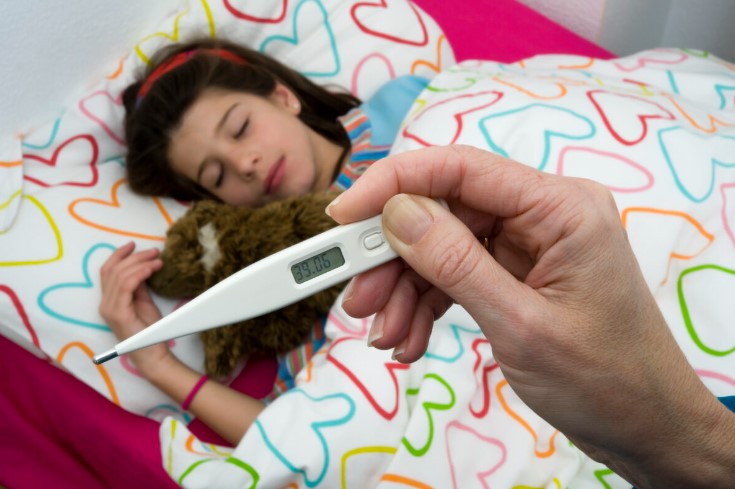
Bleeding After Menopause
Introduction
Menopause marks a significant transition in a woman’s life, defined by the end of menstrual cycles for 12 consecutive months. While this natural phase brings an end to regular periods, any bleeding post-menopause can be alarming. Understanding the reasons behind postmenopausal bleeding is crucial for women’s health, as it can range from benign conditions to more serious health issues.
What is Postmenopausal Bleeding?
Postmenopausal bleeding (PMB) is any bleeding that occurs after a woman has reached menopause. This phase typically begins around age 51 but can vary. While it might be tempting to dismiss occasional spotting, it’s important to recognize that PMB is not a normal occurrence and warrants medical attention.
Causes of Postmenopausal Bleeding
Hormonal Imbalances
Hormonal fluctuations, particularly in estrogen and progesterone levels, can cause bleeding. Even after menopause, some women might experience hormone surges that affect the uterine lining, leading to unexpected bleeding.
Endometrial Atrophy
As estrogen levels decline, the endometrial lining (the inner layer of the uterus) can become very thin, a condition known as endometrial atrophy. This thinning can cause the lining to bleed, resulting in light to moderate spotting.
Polyps
Polyps are growths that can develop on the uterus or cervix. These are generally benign but can cause irregular bleeding. Uterine polyps grow on the inner wall of the uterus, while cervical polyps develop on the cervix.
Endometrial Hyperplasia
In some cases, the endometrial lining can become too thick, a condition known as endometrial hyperplasia. This thickening is often due to excess estrogen without enough progesterone to balance it. While not cancerous, it can increase the risk of developing endometrial cancer.
Medications
Certain medications, such as hormone replacement therapy (HRT) and blood thinners, can lead to postmenopausal bleeding. HRT can affect hormone levels, while blood thinners can increase the likelihood of bleeding.
Infections
Infections of the vagina or cervix, although less common post-menopause, can still occur and cause bleeding. These infections might include bacterial vaginosis or cervical infections, leading to inflammation and bleeding.
Cancer
While less common, postmenopausal bleeding can be a symptom of endometrial or cervical cancer. Early detection and treatment are critical, which is why any postmenopausal bleeding should be evaluated by a healthcare professional.
Symptoms and Diagnosis
Recognizing Symptoms
The nature of postmenopausal bleeding can vary. It might be light spotting or a heavier flow similar to a period. Accompanying symptoms could include pelvic pain, weight loss, or fatigue, which should not be ignored.
Diagnostic Tests
- Pelvic Examination: A thorough pelvic exam can help identify abnormalities.
- Ultrasound: Imaging techniques like ultrasound can visualize the uterine lining and other structures.
- Endometrial Biopsy: A sample of the endometrial tissue may be taken to check for abnormalities.
- Hysteroscopy: This procedure involves inserting a thin, lighted scope into the uterus to inspect the lining more closely.
Treatment Options
Medications
Treatment depends on the cause. Hormonal treatments might be prescribed for hormonal imbalances or endometrial hyperplasia. Antibiotics can address infections causing bleeding.
Surgical Interventions
- Dilation and Curettage (D&C): This procedure removes part of the uterine lining.
- Hysterectomy: In severe cases, removal of the uterus might be necessary.
- Polypectomy: Removal of polyps causing bleeding.
Lifestyle and Home Remedies
Maintaining a balanced diet and regular exercise can help manage symptoms. Stress management techniques like yoga and meditation can also be beneficial.
When to See a Doctor
It’s crucial to seek medical advice promptly if you experience any postmenopausal bleeding. Persistent bleeding, heavy bleeding, or bleeding accompanied by other symptoms like pelvic pain should be addressed immediately.
Preventive Measures
Regular medical check-ups can help detect issues early. Maintaining a healthy lifestyle, including a balanced diet and regular exercise, can also reduce the risk of conditions that cause postmenopausal bleeding.
Living with Postmenopausal Bleeding
Postmenopausal bleeding can be distressing. It’s important to acknowledge the emotional and psychological impact and seek support from healthcare providers, support groups, or counseling services.
Conclusion
Postmenopausal bleeding is a symptom that should never be ignored. Understanding its potential causes and seeking prompt medical attention can ensure better health outcomes. Stay informed, stay proactive, and maintain regular medical consultations to navigate this phase of life with confidence.
FAQs
- What are the most common causes of postmenopausal bleeding?
- The most common causes include hormonal imbalances, endometrial atrophy, polyps, endometrial hyperplasia, medications, infections, and cancer.
- Is postmenopausal bleeding always a sign of cancer?
- No, while cancer is a possible cause, many cases of postmenopausal bleeding are due to benign conditions. However, it’s essential to get evaluated by a healthcare provider to rule out serious causes.
- How is postmenopausal bleeding diagnosed?
- Diagnosis typically involves a pelvic examination, ultrasound, endometrial biopsy, and sometimes hysteroscopy to determine the underlying cause.
- Can lifestyle changes help manage postmenopausal bleeding?
- Yes, maintaining a healthy lifestyle, including a balanced diet, regular exercise, and stress management, can help manage symptoms and overall health.
-
When should I be concerned about postmenopausal bleeding?
- Any postmenopausal bleeding should be evaluated by a healthcare provider. Immediate medical attention is needed for persistent or heavy bleeding, or if accompanied by other symptoms like pelvic pain.
You May Also Like

Health And Care: A Comprehensive Guide to Wellness
July 25, 2023
Bladder Prolapse
August 1, 2024